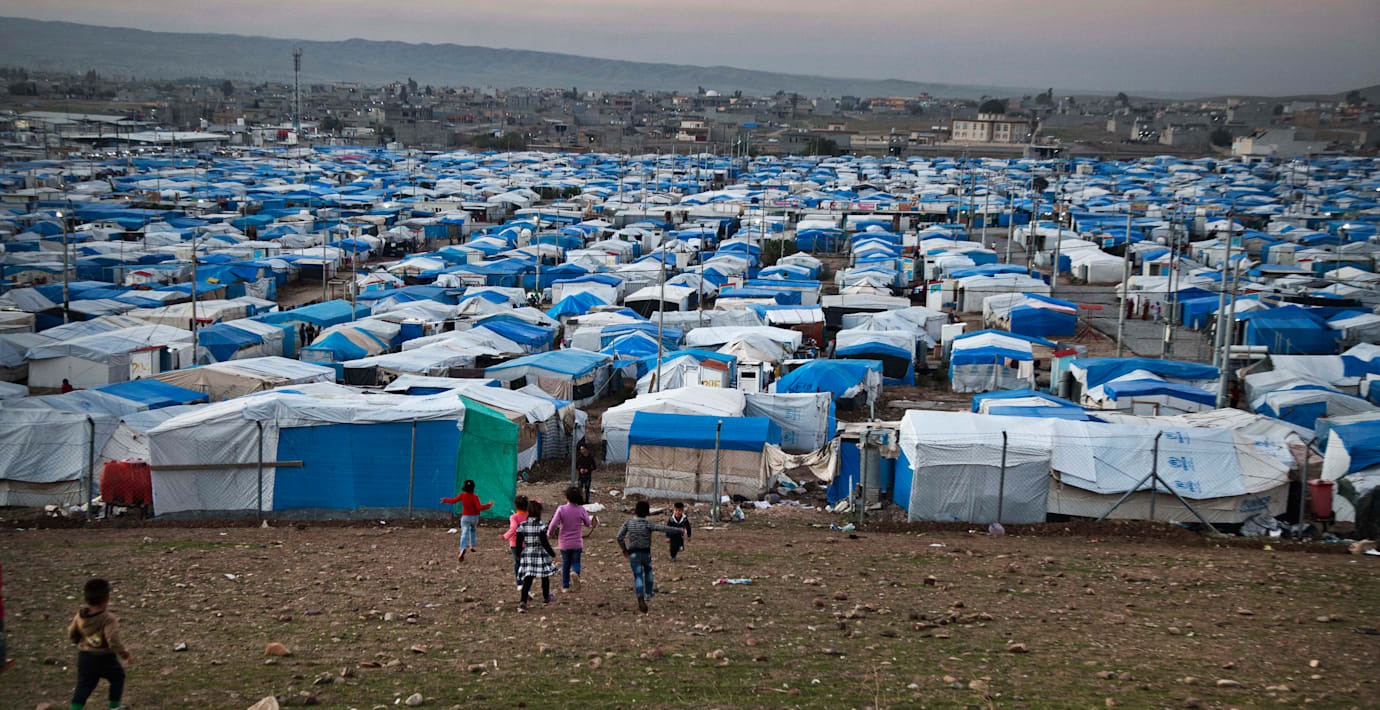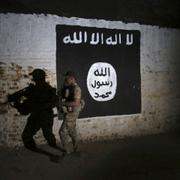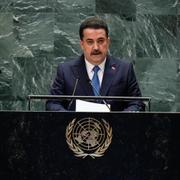
”Yazidier är livrädda för att träffa på IS-återvändare”
Det har gått fem år sedan terrorgruppen IS dödade tusentals civila i staden Sinjar i Irak. Nu berättar svenska Xoncha Nouri, som arbetade i ett flyktingläger, för SvD om sin upplevelse.
Tusentals personer hade tagit sig till lägret.
– De såg ut som levande spöken, de visste inte var de befann sig och orkade inte ens gråta, säger Nouri till tidningen.
Bland de mest jagade var yazidier, och flera tusen befinner sig i dag i Sverige. Nouri säger att många är ”livrädda för att till exempel träffa på en IS-återvändare på stan eller i tunnelbanan”.
bakgrund
Massakern i Sinjar
Wikipedia (en)
The Sinjar massacre was the genocidal killing and abduction of thousands of Yazidi men in Sinjar (Kurdish: شنگال Şingal) city and Sinjar District in Iraq's Nineveh Governorate by the Islamic terror group Islamic State of Iraq and the Levant (ISIS) in August 2014. This event started with ISIL attacking and capturing Sinjar and neighboring towns on 3 August, during ISIL's offensive in early August 2014.
Dr Noori Abdulrahman, head of the Department of Coordination and Follow-up of the Iraqi Kurdistan Regional Government, stated that ISIL's 3 August campaign against Sinjar was more about demography and strategy than about religion. According to Abdulrahman, ISIL wanted to push most of the Kurds out of strategic Yazidi areas and bring in Arabs, obedient to ISIL.On 8 August 2014, the United States reacted with airstrikes on ISIL units and convoys in northern Iraq, which led to a war of several countries against ISIL. The assistance of PKK and YPG enabled the majority of the 50,000 Yazidis who fled into the Sinjar Mountains to be evacuated.
On 17 December 2014, the Kurdish Peshmerga, PKK and YPG forces started the December 2014 Sinjar offensive with the support of US airstrikes. This offensive broke ISIL's troop transport routes and supply lines between Mosul and Raqqa, the largest ISIL-controlled cities in Iraq and Syria at the time.
Sinjar, Irak
Omni är politiskt obundna och oberoende. Vi strävar efter att ge fler perspektiv på nyheterna. Har du frågor eller synpunkter kring vår rapportering? Kontakta redaktionen



